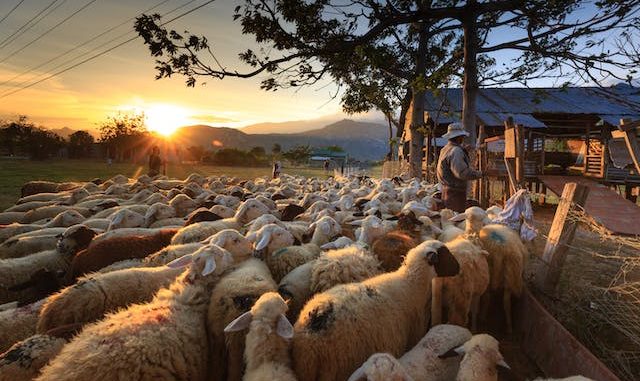
The world depends on livestock farming for food, clothing, and other essential products. However, with rising concerns about animal welfare and the ethical treatment of farm animals, striking a balance between efficient livestock management and good animal welfare practices is more crucial than ever.
What is Animal Welfare in Farming?
Animal welfare refers to the physical and mental well-being of animals used in agriculture. It encompasses various aspects, including:
- Freedom from hunger and thirst: Access to clean water and nutritious feed is essential for animal health and well-being.
- Freedom from discomfort: Animals need appropriate housing and bedding to be comfortable and protected from the elements.
- Freedom from pain, injury, disease: Preventing illness and providing proper veterinary care are crucial for animal welfare.
- Freedom to express normal behavior: Animals should have the opportunity to exhibit natural behaviors like foraging, playing, and social interaction.
- Freedom from fear and distress: Handling animals gently and minimizing stress during routine procedures like transportation and slaughter are essential.
Why is Good Animal Welfare Important?
Good animal welfare is not just an ethical imperative; it also makes good business sense. Animals treated well are healthier, more productive, and have better quality of life. This translates to:
- Increased yields: Healthy animals produce more milk, eggs, or meat.
- Reduced costs: Preventing illness and promoting well-being lowers veterinary expenses and mortality rates.
- Improved reputation: Consumers are increasingly concerned about animal welfare, and farms that prioritize it can enjoy a positive reputation and market advantage.
Livestock Management Practices for Good Animal Welfare
Several livestock management practices can contribute to good animal welfare:
- Providing spacious, well-ventilated housing with natural light and proper bedding.
- Enriching the environment with toys, scratching posts, or outdoor access for grazing.
- Implementing gentle handling techniques and avoiding unnecessary stress.
- Using preventive healthcare measures and providing prompt veterinary care when needed.
- Choosing breeds suitable for the local climate and production system.
- Continuously monitoring and improving animal welfare practices based on scientific evidence and best practices.
Challenges and Opportunities
Balancing efficient livestock management with good animal welfare can be challenging. Factors like cost, tradition, and consumer demand can sometimes create pressure to prioritize production over animal well-being. However, innovative solutions and collaboration between farmers, scientists, and policymakers can help overcome these challenges.
The Future of Livestock Farming
The future of livestock farming lies in sustainable practices that prioritize both animal welfare and efficient production. This requires ongoing research, education, and collaboration to develop and implement best practices. Consumers can also play a role by supporting farms that prioritize animal welfare and choosing products from responsible producers.
Note: By prioritizing good animal welfare, farmers can ensure the sustainability and ethical production of essential livestock products. It is a win-win situation for animals, farmers, and consumers alike. Let’s work together to create a future where all animals used in agriculture are treated with respect and compassion.
Call to Action
- Learn more about animal welfare in farming by visiting the websites of reputable organizations like the World Animal Protection and the Farm Animal Welfare Council.
- Support farms that prioritize good animal welfare by choosing products from certified welfare programs.
- Spread awareness about the importance of animal welfare by sharing this blog post and discussing it with friends and family.

Leave a Reply